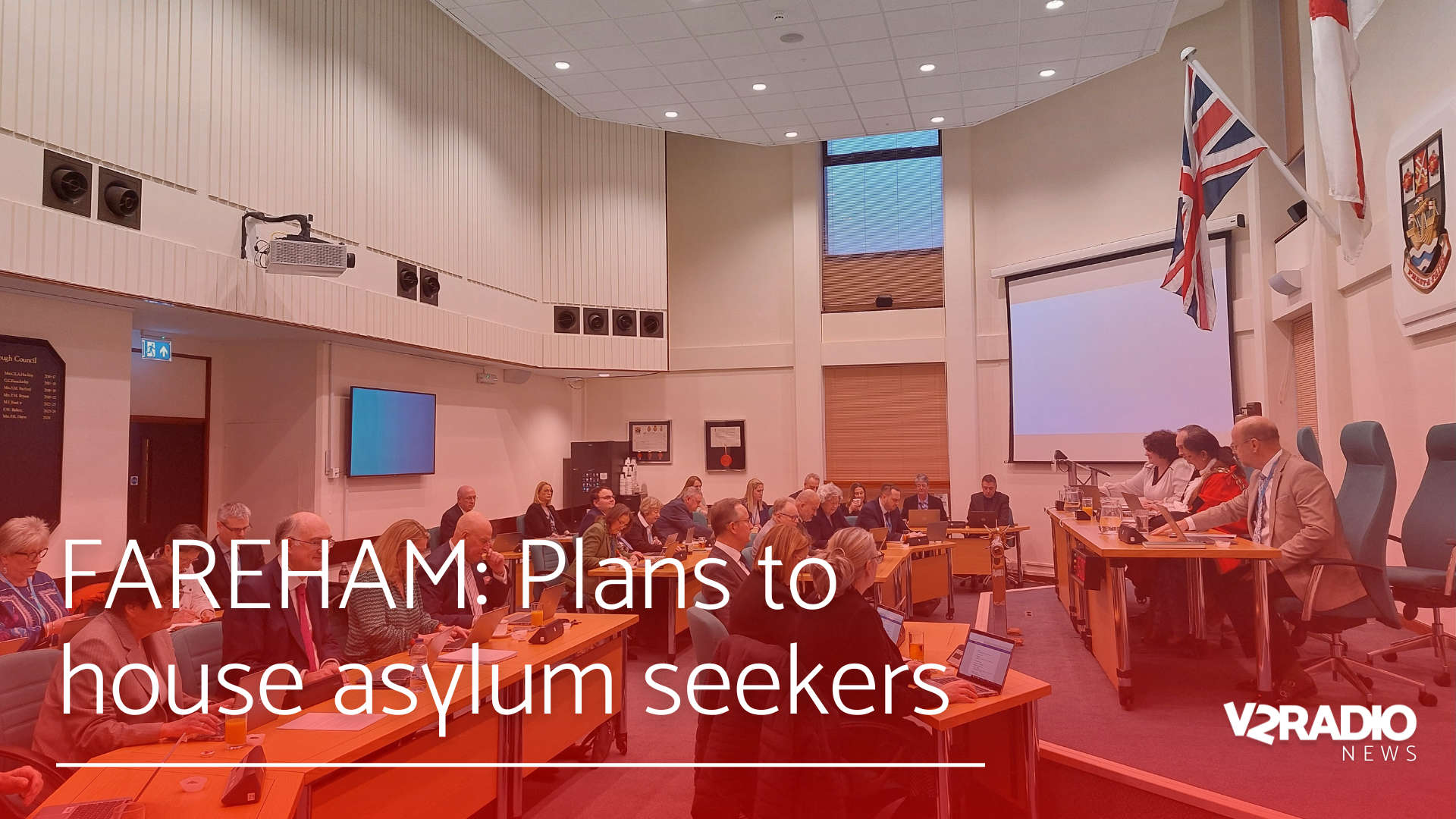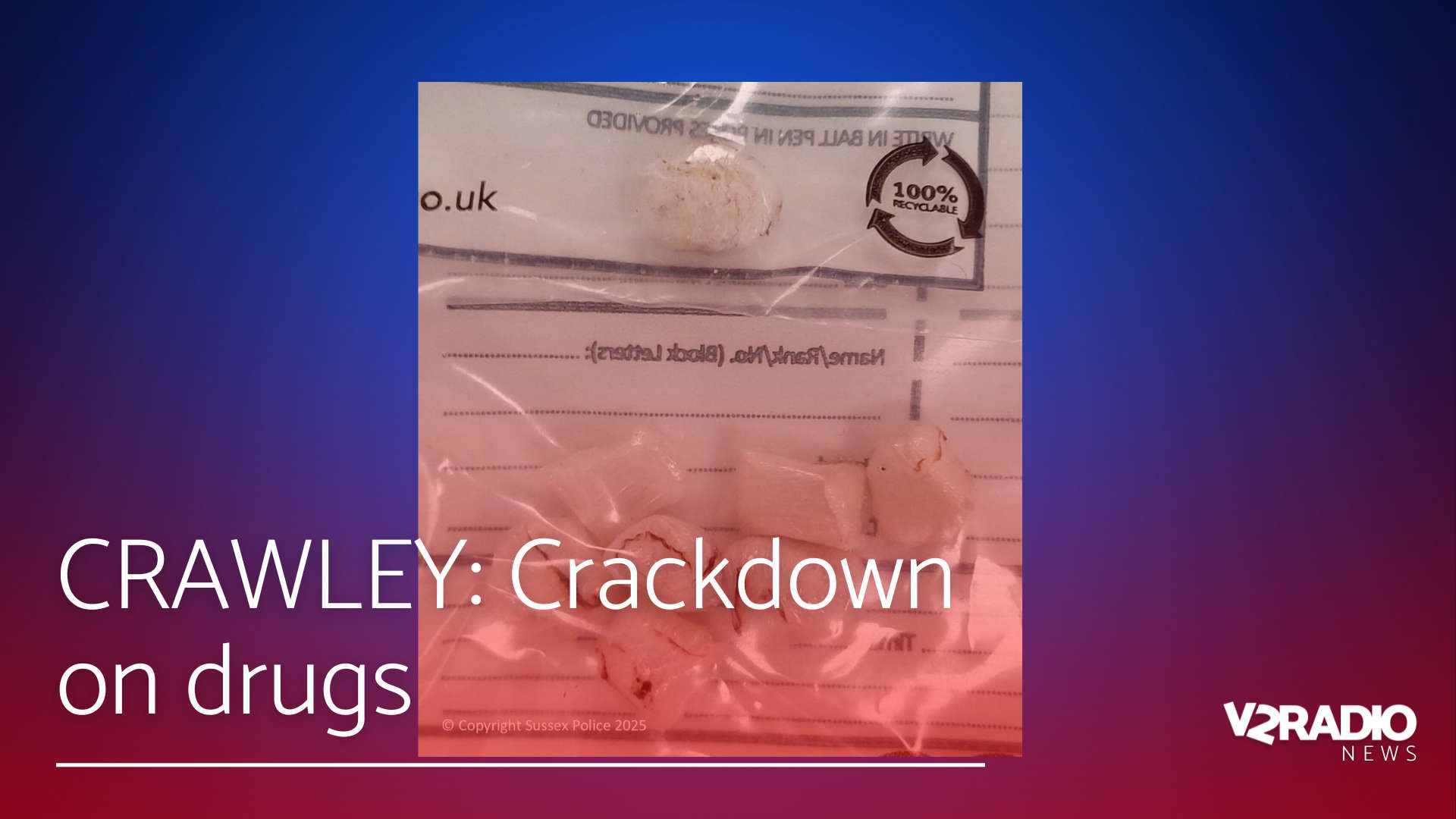
Sussex has seen a significant increase in patients cared for through virtual wards.
Also known as "hospital at home," this approach allows individuals to access care equivalent to that of a hospital while remaining in their familiar home environment.
In 2024, the region recorded a 16% increase in virtual ward admissions, with services extending to 6,921 patients, up from 5,980 in the previous year.
In Sussex, virtual wards have been expanding to link directly to wider services, making it easier for people to access virtual ward care.
This includes being connected to the new unscheduled clinical care hubs, and new, improved access through primary care, both of which are helping to reduce hospital admissions and support timely discharge.
The clinical care hubs, which bring together nurses, paramedics, and the ambulance trust, are enabling rapid response times, ensuring 999 callers receive the most appropriate care right away. This approach allows patients to be admitted directly to virtual wards when necessary, reducing ambulance response times and A&E waiting times. With this innovative model, more patients can remain at home while receiving the care they need.
In addition to the rapid-response clinical care hubs, patients can now be referred directly to virtual wards from primary care. This ensures patients receive timely, personalised care at home, making it easier to manage their conditions and avoid hospital stays which are not needed.
These developments mark a significant step forward in the delivery of care, as virtual wards provide additional essential capacity for traditional hospital beds, helping more patients receive the care they need at home. By keeping care local and focused on individual needs, virtual wards are helping patients recover more effectively while avoiding the risks of long hospital stays, such as muscle loss, deconditioning, and reduced functioning.
Dr Adam Zacks, joint clinical lead for virtual wards in Sussex, said:
“We know that, by supporting patients to recover at home safely with home comforts and friends and family close by, they can regain their independence and recover well.
“We have taken a significant step forward in Sussex over the last twelve months to increase the number of people who can be supported by a virtual ward, and to connect our virtual wards to wider health services to improve access and make it easier for people to be supported in this way.
“The clinical care hubs in Sussex are a great development, ensuring 999 callers receive the most appropriate response the first time. These hubs bring together nurses, paramedics, and the ambulance trust to deliver rapid care, with the ability to admit patients directly onto virtual wards when necessary.
“This approach means people can access the care they need more quickly, we shift appropriate care from hospitals into the community and support the best outcomes for our patients.”

 Shops evacuated in Chichester
Shops evacuated in Chichester
 Travel chaos as Portsmouth to Fishbourne Ferry disrupted by breakdown during half term break
Travel chaos as Portsmouth to Fishbourne Ferry disrupted by breakdown during half term break
 Appeal after burglary in Kingston, near Lewes
Appeal after burglary in Kingston, near Lewes
 Criticism by Portsmouth Councillor on local government change
Criticism by Portsmouth Councillor on local government change
 Compensation finally paid to Arundel couple
Compensation finally paid to Arundel couple
 Dog attacks increase on livestock in the South
Dog attacks increase on livestock in the South
 RNLI in Sussex on recruitment drive
RNLI in Sussex on recruitment drive
 Wates House asylum seekers plan in Fareham undecided
Wates House asylum seekers plan in Fareham undecided
 A police operation has reduced drug-linked offences in Crawley by more than half
A police operation has reduced drug-linked offences in Crawley by more than half
 Bognor man jailed after smashing car windows
Bognor man jailed after smashing car windows






